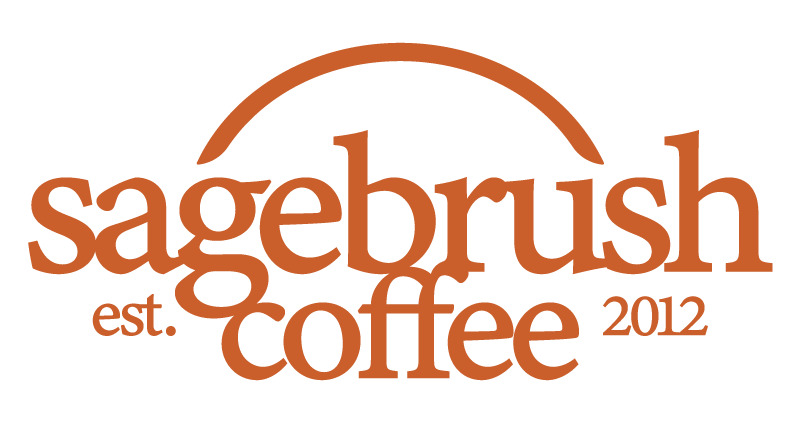What In The World Is Funky Processed Coffee?
Coffee processing has been a frequent topic in our blogs. I think I gravitate to talking about it because I believe it is the single most significant aspect of the 11 step process that makes your coffee taste the way it does. Especially if it is processed using any method other than washed. A washed method basically eliminates the processing method's impact and lets everything else in the coffee shine. A Funky coffee is nearly the opposite. Read on to understand what I mean.
Processing Method: Funky
The funky processing method is a new and unheard-of twist to the classic and well-known methods of coffee processing, using fermentation to give a rare taste. The process was named ‘Funky’ by Stephen Leighton and has been referred to that ever since. This incredibly unique method, paired with the Pacamara bean produces an enormous sized bean that makes every other varietal look minuscule.
What is coffee processing, and why does it have a significant impact on the finished coffee product?
The way coffee is processed most definitely plays a role in how your cup tastes in the morning. However, a lot of outside variables have an impact even before the processing methods! The character of the flavor profile develops based on the region in which the cherry is grown. The elevation at which it is harvested, whether the cultivar is bourbon, Gesha, Caturra, or Castillo, and many other circumstances are connected to this string of flavor effectors. Still, after the bean is harvested, there is a great deal of work that is put into making the bean turn out bursting with flavor. Let's dive into this a little deeper remembering that each method has a different way of taking the cherry to a coffee bean, ultimately playing a part in the rich taste of your morning brew.
Let's pause and think of all of the time and effort that went into it processing your coffee beans. Let's all be thankful that someone on the other side of the world has labored for pounds and pounds of coffee cherries so that you can enjoy that cup of coffee right there.
What are the different methods of processing?
Throughout the long history of coffee processing, there have been a few methods that stood out as the most consistent since they produced the best results. When we talk about coffee processing, we're talking about the process of taking a cherry, remove the fruit, and preparing the beans to be roasted into your next cup of coffee. Many of these methods have been passed down from generation-to-generation and are loved all around the world because of their timelessness and consistency. This article is meant to focus on the funky processing method. However, if you want a more in-depth analysis, check it out here.
So, What Is The Funky Processing Method?
Unlike any other method mentioned in the linked article, the funky process uses a carefully measured over-fermentation to extract more exotic flavors out of the bean. They do this by packing the floor bed with more beans. Oh, a floor bed is a raised bed or patio that they spread the cherries on to allow them to dry. They take these cherries and spray them with water to slow the drying process down. It all starts when the coffee seeds are plucked off the tree and immediately moved to the dry mill. At the dry mill, the cherries are laid out in an extra thick layer onto a plastic tarp and left to ferment. Here the process gets funky. Instead of moving the beans 3-4 times a day like the traditional dry process, these beans are left out for 24-36 hours without any movement. This is done in order to allow the cherries to ferment for the full period. Periodically, the cherries are tested to ensure that they do not over ferment. If the cherry starts to taste like vinegar, then that means they were left out for too long. After this regulated stage of 30 hours, the beans are spread into a thinner layer and moved more frequently. At this phase, the beans will sun-dry for exactly eight days, then 20-30 days on a floor bed until it reaches 12% humidity. The final step will then be taking the dry beans to a highly ventilated area where they can settle for 30 days before being sent over to the milling process.
The result from this fermentation process is a unique, shall I say Funky flavor profile. The cup of coffee produced, to the trained palette is fermented (sub-note, I do not have this trained palette). People that taste coffee all day while testing the processes can taste the history that this cherry/bean has experienced. However, most people taste a bitter (not coffee-bitter) fruit-forward cup of coffee. If you feel like you do not get the nuanced flavors that I talk about in our coffees, try a funky process. You'll get grapefruit, chocolate and maybe some tart cherries. Now...even I can admit, that doesn't sound awesome, but trust me. It's better than it sounds. I'd actually recommend this one with a pinch of sugar, almost like you're eating a grapefruit & sugar.


